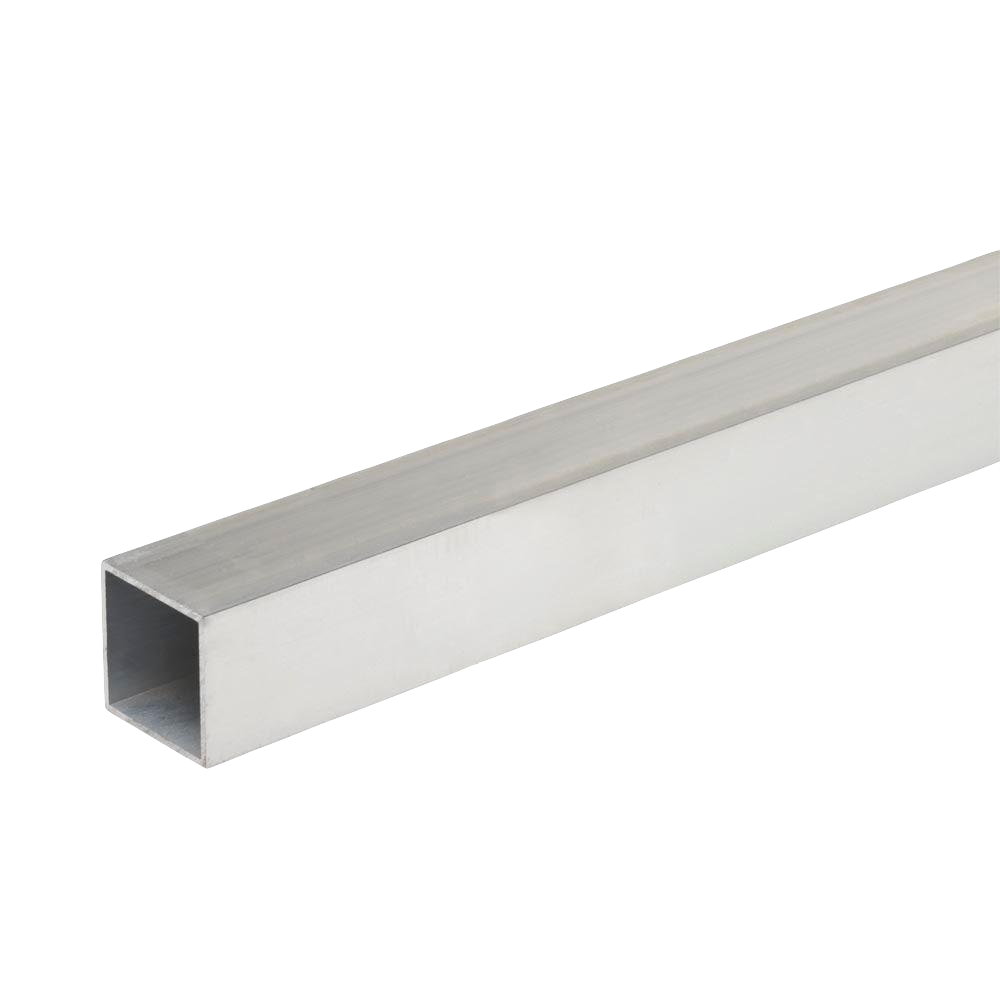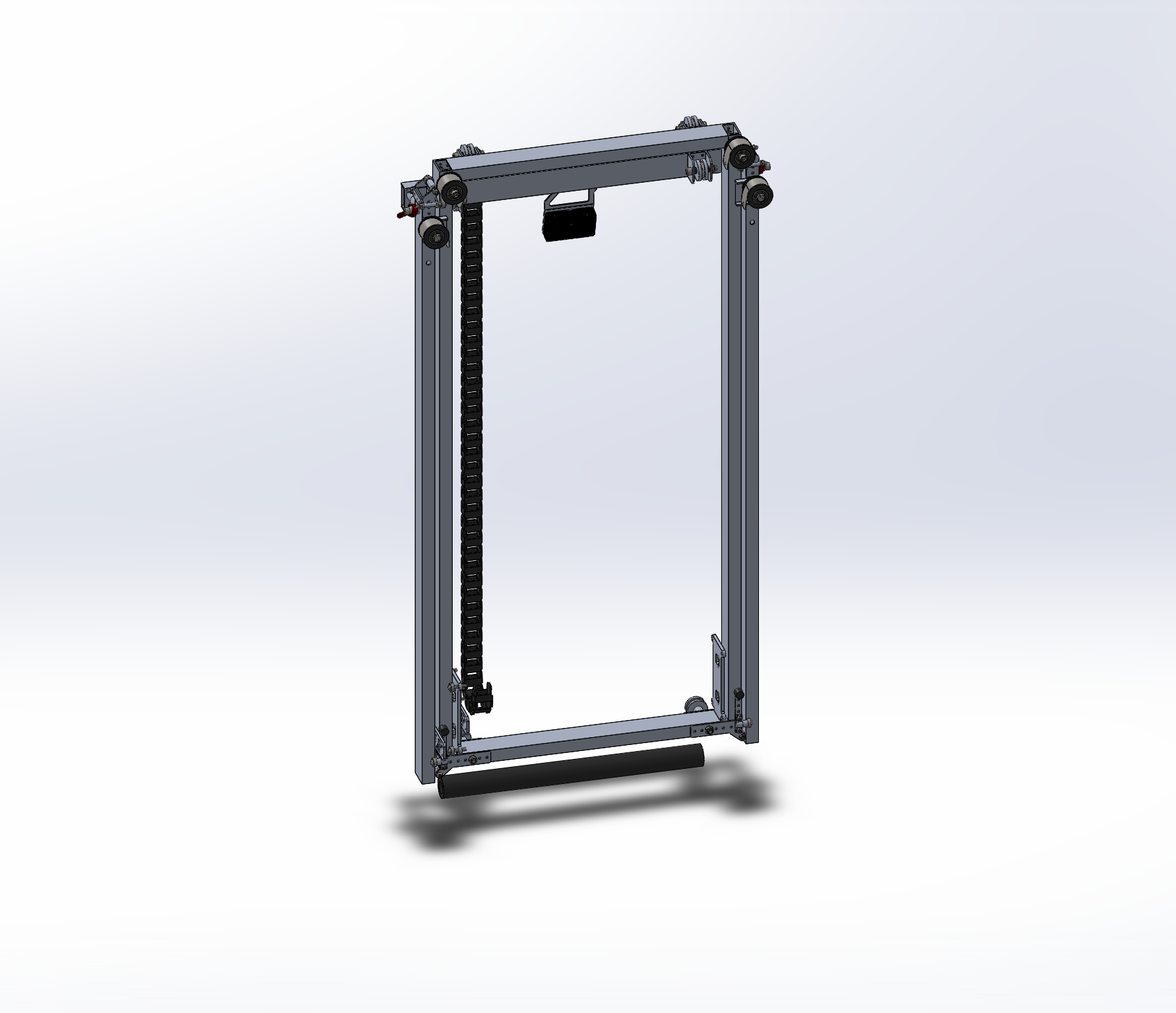Rectangle tubing#
Using rectangle and square tubing to create subsystems

Overview#
- Square tubing is used to make up structural parts of the robot, like the frame, and other structures
- Tubing is normally held together by brackets made from sheet metal
- Square Tubing that is used in FRC is typically 6061 Aluminum
See table of contents for a breakdown of this section.
Info#
- Rectangle tubing is measured and sold by Width, Height, Wall Thickness, and Stock Length
- Width and Height, can create a square, or a rectangle, and sizes vary based on the different use of the tubing
- Height and Length are commonly 2" x 1", 1.5" x 1.5", 1" x 1"
- 2" x 1" tubing is commonly used as the drivetrain frame on most robots
- Wall Thicknesses are separate from Width and Height, should be thicker, when more structural support is needed
- Wall thicknesses are most commonly 1/8" and 1/16"
- Tubing that bearings are mounted in are typically 1/8"
- Thicker tubing quicky adds weight to the robot, so it is important to use thinner tubing when you can, or lightweight it
- Stock Length, pertains to how long each tube is, it is normally to buy long extrusions and then cut pieces to the lengths you need
- Tubing is normally sold in bulk lengths of 6', 3', and 1' online
- Width and Height, can create a square, or a rectangle, and sizes vary based on the different use of the tubing
- Tubing is also commonly used as a slider, for elevator subsystems

Tubing fabrication#
- Tubing is typically cut to length by Horizontal Bandsaws, or Chopsaws
- Lightweighting is normally done on a CNC Mill, CNC Router, or drilled out by hand